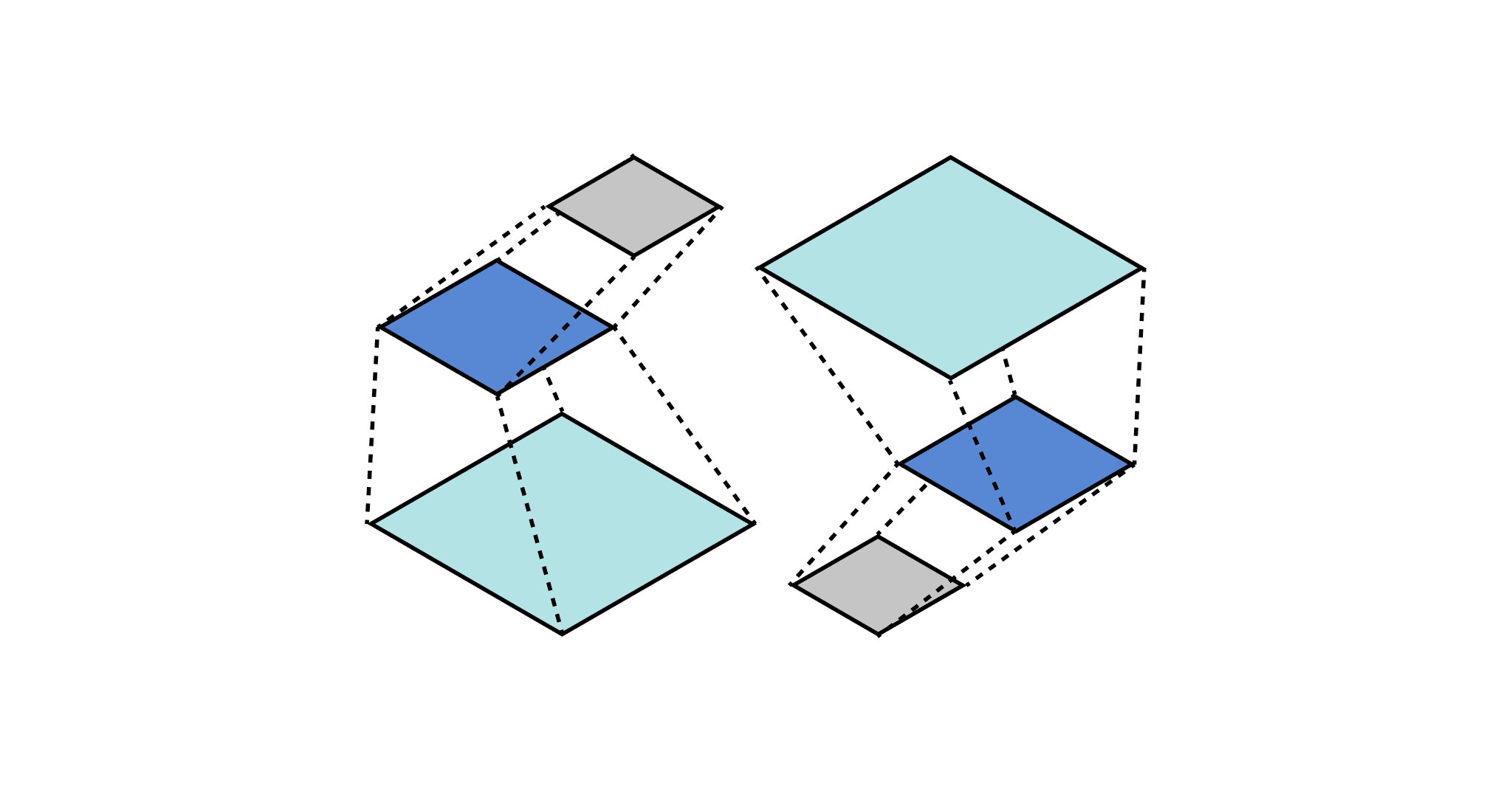March 5, 2019
What’s the best BI tool for Hadoop?
There’s a noticeable upward trend in which many organizations are increasingly inclined to delegate data and analytics responsibilities across various dispersed business units or teams. This strategic alignment is often facilitated by the implementation of a data mesh, emphasizing data federation at the core.
In my discussions with Chief Data and Analytics Officers (CDAOs), I’ve observed a significant surge in the adoption of the data mesh concept. This widespread adoption, combined with the ever-growing acceleration of multi-cloud environments, brings forth novel challenges in the realm of analytics.
Addressing these challenges has been a key focus for our team at AtScale, and as a result, we’ve embarked on an innovative journey to create what we’ve dubbed the “Analytics Mesh” – a composable semantic object framework. A few weeks ago, I covered the reasons behind the development of Analytics Mesh in this blog post. In this blog post, I aim to delve into the core components of the analytics mesh.
What is Analytics Mesh?
Within the domain-centric framework for data management, data mesh serves as a pivotal means to facilitate the widespread access and reusability of data across the entire enterprise. While this approach has proven instrumental in directing organizations’ attention to holistic data management, a notable disparity arises in the realm of analytical assets.
Analytical assets frequently exist as locally owned and managed entities, devoid of the comprehensive, federated governance embraced by data mesh principles. This disconnect prompts the need for an innovative solution: the Analytics Mesh, a federated framework centered around analytics products, designed to empower organizations with the necessary balance of agility and control while developing domain-specific analytics products.
What challenges does Analytics Mesh address?
- Ensuring Consistent and Reusable Metrics and Dimension Definitions: The wide array of analytics use cases has led to intricate consumption patterns throughout the organization. With an increasingly distributed analytics architecture – be it by design, acquisition, or business unit autonomy – businesses encounter the daunting task of delivering uniform, reusable metrics and dimension definitions.
- Striking the Balance Between Control and Agility: Distributed analytics initiatives necessitate a delicate equilibrium between control and agility. As the number of use cases multiplies, the demand for governance and guidance in executing capabilities intensifies to mitigate the adverse consequences of duplicated efforts, escalating costs, and the emergence of analytical silos.
- Embracing Multiple Analytics and Business Intelligence (BI) Tools: In today’s landscape, organizations often find themselves needing to employ a multitude of Analytics and BI tools to cater to the diverse needs of various user groups. Therefore, a robust analytics mesh framework becomes indispensable to support these tools without creating data silos through reusable and governed business definitions.
The Universal Semantic Layer has emerged as the answer to these challenges, striving to provide consistent analytics products across disparate data. However, the establishment and maintenance of a central, canonical semantic layer for analytics have proven to be formidable tasks, primarily due to the constraints of a central team that supports the requirements of all business units.
Welcome to the Analytics Mesh
The Analytics Mesh framework is a revolutionary concept that enables decentralized analytics product creation, much like the versatility of LEGO building blocks. This approach eliminates the need for laborious data movement, providing businesses with the agility they need while maintaining robust governance. But how does this cutting-edge framework operate?
A Framework that Applies Object-Oriented Programming Principles to Multi-Dimensional Semantic Modeling
We’ve pioneered a novel approach that harnesses the principles of Object-Oriented Programming for multi-dimensional semantic modeling. By incorporating key Object-Oriented Programming concepts such as abstraction, inheritance, encapsulation, and modularity, this framework empowers data professionals to craft analytics products that are both robust and adaptable.
Shareable, Composable, and Versionable Semantic Objects
This multi-dimensional, object-oriented framework transforms every metric, dimension, relationship, and even entire semantic models, into shareable, composable, and versionable assets. Whether you’re assembling these re-usable objects through code or a user-friendly graphical interface, you gain the ability to effortlessly create comprehensive semantic models, feeding a range of analytics products. This democratization of creation empowers various business units, such as sales and marketing, to easily develop their own analytics products while adhering to governance standards. This, in turn, fosters innovation and agility within the organization.
WHITE PAPER